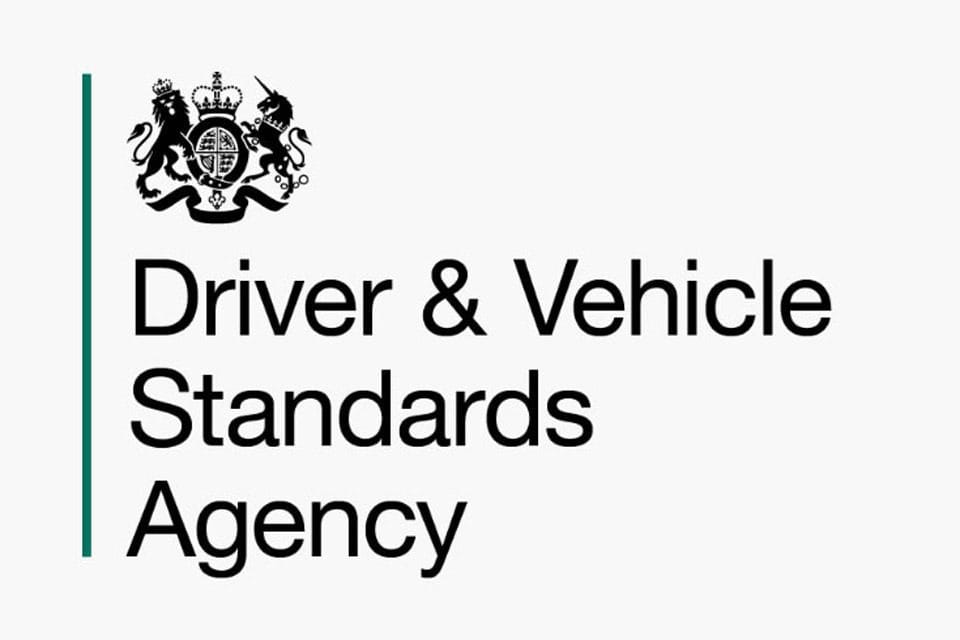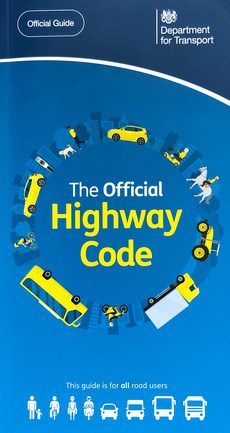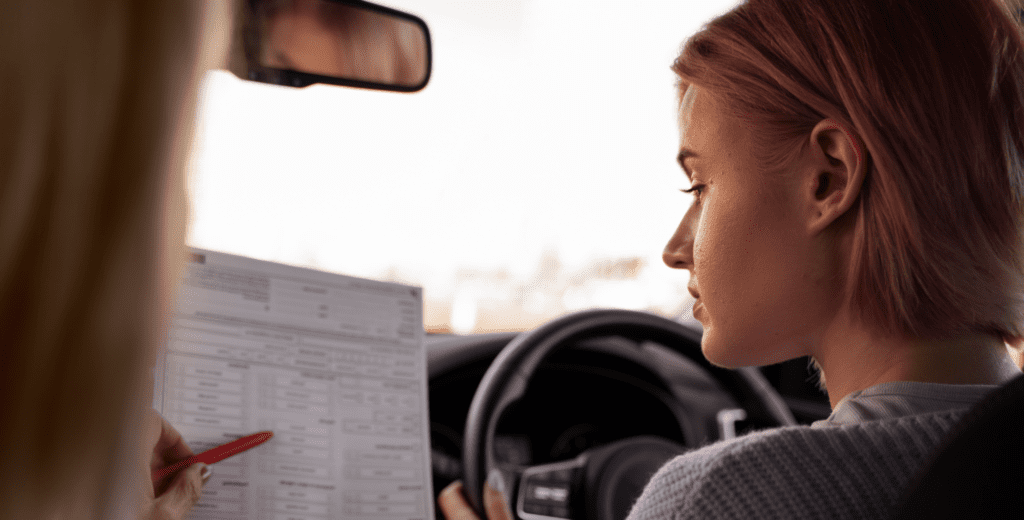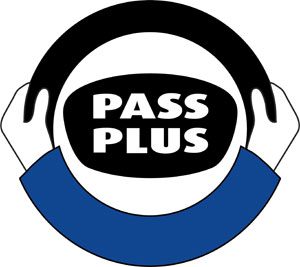
Introduction to Driving Lessons and Testing
Overview of the UK Driving Test Requirements
The UK driving test is a crucial step for anyone looking to gain their driver’s licence. It comprises multiple components, including a theory test and a practical driving test.
To stand the best chance of success, understanding the specific requirements set by the Driver and Vehicle Standards Agency (DVSA) is essential.

The theory test involves questions on road signs, driving ethics, and rules, as well as a hazard perception test.
The practical test evaluates a candidate’s ability to drive safely and competently in various road and traffic conditions.
Prior to taking the practical test, learners must pass the theory test, which underscores the importance of comprehensive preparation.
Importance of Adequate Preparation
Adequate preparation cannot be overstated when it comes to passing the UK driving test. The more prepared a learner is, the greater the likelihood they will pass their test on the first attempt.

Preparation includes familiarising oneself with the Highway Code, understanding the vehicle, and accumulating practical driving experience.
Understanding the DVSA Guidelines
The DVSA provides detailed guidelines on what is expected from learner drivers.
This includes not only the skills they must demonstrate during the practical test but also the recommended amount of practice they should undertake before attempting the test.
These guidelines help structure the learning process and set clear expectations for both instructors and learners.
How Many Driving Lessons Do You Need?
Official Guidelines and Recommendations
The DVSA recommends that learner drivers undertake approximately 45 hours of professional training, supplemented by around 22 hours of private practice.
This recommendation serves as a benchmark and helps learners gauge the typical journey towards becoming a fully licensed driver.

Average Number of Hours Required by Most Learners
The average number of driving lessons needed to pass your test can vary. While the official government website confirms that there is no set minimum number of lessons required to take the test, it’s up to you to determine when you feel confident enough to sit it.
However, it is generally agreed that between 35-50 hours of driving lessons is advisable.

Typically, learners take about 40-45 hours of professional instruction before attempting their driving test.
Some might feel ready after 20-30 hours, but it’s important to remember that more lessons can significantly enhance your driving skills.
Taking multiple lessons each week can also accelerate your learning process. Planning your budget for these lessons in advance could potentially save you money over time by reducing the likelihood of needing additional tests.
Factors That Can Reduce or Increase the Number of Lessons Needed
Several factors can influence the number of driving lessons a learner needs. For instance, learners with access to a private vehicle for practice may require fewer professional lessons.
Conversely, those who learn in densely populated urban areas might need more lessons due to the complex driving environment.
Other significant factors include the:
- Learner’s age
- Confidence level
- Natural aptitude for driving
Younger learners often pick up the practical skills more swiftly but may need more time to mature into safe, responsible drivers.
Meanwhile, learners who experience anxiety or lack confidence might benefit from additional lessons focused on building their self-assurance behind the wheel.
Factors Influencing the Number of Driving Lessons
Individual Learning Pace and Ability
The individual learning pace and ability of a learner driver significantly influence the number of driving lessons needed.
Every learner has unique learning styles and speeds. Some may grasp driving techniques quickly, while others might take longer to feel comfortable and confident behind the wheel.
Instructors typically tailor their teaching strategies to match the learner’s pace, ensuring they fully understand each component of driving before moving on to more complex tasks.

Previous Driving Experience
Previous driving experience can also play a crucial role in the number of lessons required.
Learners who have had prior exposure to driving, perhaps in a private setting or a different country, may find they need fewer lessons compared to complete novices.
Such experience can provide a valuable foundation, making it easier to adapt to formal training and the specific requirements of the DVSA driving test.
Frequency and Duration of Lessons
The frequency and duration of lessons are critical factors as well. Learners who take frequent driving lessons, say one to two times a week, are likely to progress more quickly than those who have lessons sporadically.
Regular lessons help maintain continuity and retention of driving skills. Additionally, the duration of each session (typically 2 hours per lesson) can affect learning outcomes; longer sessions might provide more in-depth experiences, while shorter lessons could be more focused and manageable.
Planning Your Driving Education
Setting a Realistic Timeline for Learning to Drive
Setting a realistic timeline for learning to drive is essential for managing expectations and achieving driving goals.
Learners should consider their daily routines, responsibilities, and other commitments when planning their driving education.

A realistic timeline acknowledges individual differences in learning pace and external life factors, allowing for a flexible, stress-free approach to learning how to drive.
Budgeting for Driving Lessons
Budgeting for driving lessons is another crucial aspect of planning your driving education.
The cost of driving lessons can vary significantly, so it is important to research and plan financially for this aspect of learning to drive.

Considering additional costs such as theory and practical test fees, as well as potential retests, can help prevent any surprises and ensure learners are financially prepared for the entire process.
Choosing the Right Driving Instructor and School
Finally, choosing the right driving instructor and school is pivotal to a learner’s success on the road.
Prospective learners should look for instructors and schools that are not only qualified and approved by the DVSA but also match their learning style and preferences.
Factors to consider include the type of vehicle used for instruction (automatic or manual), the temperament of the instructor, and the overall pass rates of the school.
Personal recommendations and online reviews can be incredibly helpful in making this important decision.
Each of these elements plays a significant role in effectively planning and executing a successful driving learning experience.
By considering personal learning needs, financial requirements, and the right educational environment, learner drivers can significantly enhance their chances of passing the UK driving test with confidence and competence.
Maximising the Efficiency of Your Lessons
Tips for Effective Learning During Each Session
To maximise the efficiency of your driving lessons, it is crucial to come prepared and stay focused.
Before each session, review what was covered previously and set clear objectives for the day with your instructor.

During the lesson, maintain a high level of concentration and actively engage with the feedback provided by your driving instructor.
Asking questions and clarifying doubts immediately can significantly enhance the learning process.
Importance of Regular Practice Between Lessons
The importance of regular practice between lessons cannot be overstated. This practice helps to reinforce the skills learned during professional lessons and reduces the amount of time needed to become test-ready.
Using a private vehicle under the supervision of a qualified driver, such as a family member or friend, allows learners to fine-tune their driving skills in a real-world environment, which can be highly beneficial.
Utilising Mock Tests to Gauge Readiness
Utilising mock tests is an effective strategy to gauge readiness for the actual driving test.
These simulations provide a realistic test experience, helping learners understand the format and pressures of the test.
Mock tests can highlight areas of strength and weakness, allowing learners and instructors to focus on specific areas before the official test day.
Beyond the Driving Lessons
Additional Practices to Enhance Driving Skills
Engaging in additional practices can significantly enhance one’s driving skills. This can include advanced driving courses, which focus on defensive driving, driving in adverse weather conditions, and understanding the dynamics of car control.

These courses not only improve driving skills but also boost confidence, making the learner a safer and more competent driver.
Understanding the Benefits of Supplemental Driving Hours
Supplemental driving hours offer numerous benefits. They allow learners to experience a wider variety of driving scenarios than those typically encountered in standard lessons.
This can include driving at different times of the day, under varying traffic conditions, and on diverse road types.
Such experiences are invaluable as they equip learners with the skills to handle almost any situation on the road.
When to Know You Are Ready for the Test
Knowing when you are ready for the test is key to a successful driving test attempt. You should feel confident in your driving abilities across a variety of situations and be able to drive without prompting from your instructor.
A good indicator is consistently receiving positive feedback during lessons and mock tests, and feeling comfortable and assured behind the wheel.
If you can manage your vehicle efficiently and make safe driving decisions independently, it is a strong sign that you are ready to take the test.
Understanding these elements and integrating them into your learning journey can profoundly affect your readiness and success in achieving your driving licence.
Engaging actively with every aspect of your training will prepare you not just for the test, but for a lifetime of safe driving.
Frequently asked questions
The DVSA recommends approximately 45 hours of professional driving instruction, supplemented by around 22 hours of private practice.
There is no legal minimum; however, the recommendation is to complete enough lessons to cover all skills needed to drive safely and pass the test.
Yes, previous driving experience can significantly reduce the number of lessons needed, as you may already have developed some driving skills and familiarity with vehicle control.
Factors such as learning pace, confidence level, and driving in challenging environments like busy city centres can increase the number of lessons required.
Increasing the frequency of lessons can help retain and reinforce driving skills more effectively, potentially reducing the total number of lessons needed.
More lessons can improve your confidence, ensure you are better prepared for a variety of driving situations, and increase your chances of passing the test on your first attempt.
You should feel comfortable with all aspects of driving, receive consistent positive feedback from your instructor, and be able to drive safely and confidently without assistance.
Learning in a manual car allows you to drive both manual and automatic vehicles, whereas a licence from an automatic only restricts you to automatic vehicles.
Yes, private practice can be beneficial as it allows extra time to practice manoeuvres and driving in different conditions, enhancing your skills and confidence.
Mock tests simulate the real driving test, helping you get accustomed to the pressure and format of the test, and identifying any areas where you might need further practice.



